Hydroponic farming is a form of agriculture that relies on water and sunlight instead of soil. And while it may seem like a strange idea at first, hydroponic farming has been growing in popularity in Australia over the past few years. It is now one of the country’s most popular types of agriculture.
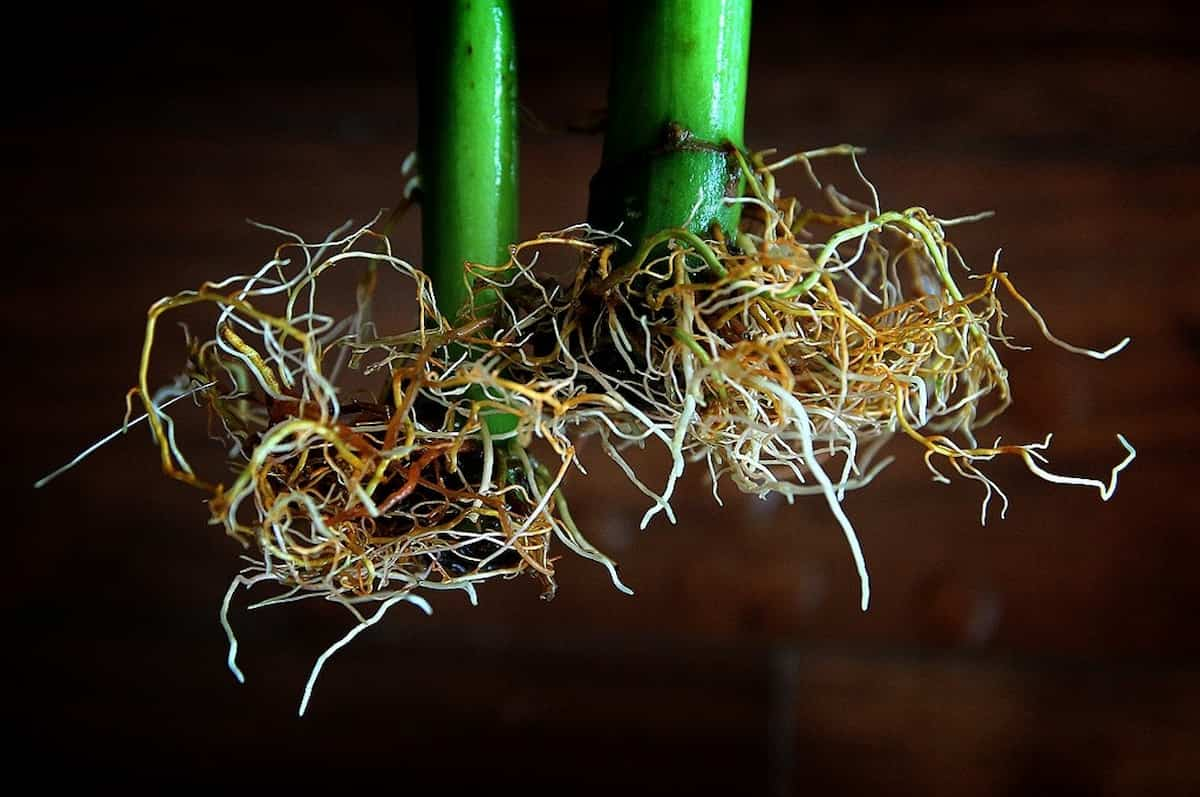
How to start hydroponic farming in Australia
What is hydroponic farming?
Hydroponic farming is an agricultural method that uses water and nutrients to grow plants in a controlled setting. Plants are grown in special nutrient-rich water droplets, allowing for greater crop yields with less land, water, and fertilizer use. Hydroponic farms are becoming increasingly popular in Australia due to their sustainability benefits, low input costs, and ability to produce high-quality crops without pesticides or other harmful chemicals.
The main benefit of hydroponic farming is that it requires very little maintenance. You don’t have to worry about weeds growing and taking over your plants; you only need regular water and nutrients. This makes hydroponic gardening perfect for small spaces or areas that don’t have access to land. Hydroponic gardening is a form of agriculture in which plants are grown in water containers instead of soil. Hydroponic farming has become increasingly popular in Australia over the past few years due to its environmental and economic benefits.
The different types of hydroponic systems in Australia
- The nutrient film technique (NFT) is a variation on soilless hydroponics that provides higher yields by using a layer of inert material, such as vermiculite or Rockwool, between the plants and the soil below. NFT systems are more expensive to set up than soilless systems but offer greater flexibility because they can be adapted to various climates and soils.
- Drip irrigation is another popular type of hydroponic system because it allows for precise watering control. In addition, drip irrigation systems are relatively simple to install and can be adapted to various settings, including small gardens and large commercial farms.
Are hydroponic farms profitable in Australia?
Hydroponic farming is becoming more popular in Australia because of the benefits it has to offer. It is a type of agriculture that uses water and sunlight to grow plants. This method has many advantages over traditional farming methods, including decreased use of inputs, reduced waste creation, and increased yields. In general, hydroponic farms are profitable if they can match or exceed the production levels of traditional agriculture.
Factors that affect profitability include the price of inputs, yields obtained, cost of land and other related expenses, and government support. In some cases, hydroponic farms may be less profitable than traditional agriculture due to the increased costs associated with implementing the technology. Commercial hydroponic farming has been increasing in popularity in Australia over the past few years. Technology is seen as more sustainable and environmentally friendly than traditional agriculture.
Hydroponic farming set-up cost in Australia
Installation costs are one of the main costs associated with setting up a hydroponic farm. These vary depending on the system chosen but generally involve purchasing tanks and other equipment necessary for growing plants in water rather than soil. Additionally, additional costs may be associated with training farmers to operate a hydroponic system effectively.
This farming method is becoming more popular in Australia because it is low input, requires little space, and produces high yields. The set-up cost for hydroponic farming in Australia depends on the farm size but typically costs between $10,000 and $25,000.
Choose the right hydroponics media in Australia
When choosing the right hydroponics media in Australia, your specific needs and goals must be kept in mind. The following are some key factors to consider:
Temperature
Hydroponic systems operate best at temperatures between 18-24°C.
Soil type
The best option for hydroponic systems that use soil is organic matter mixed with sand or gravel. Loam or clay soils will not provide the necessary level of oxygen and nutrients for optimal growth.
In case you missed it: How to Start Fish Farming in Australia: Business Plan, Key Rules, Cost, Loans for Biofloc, Backyard, and Freshwater
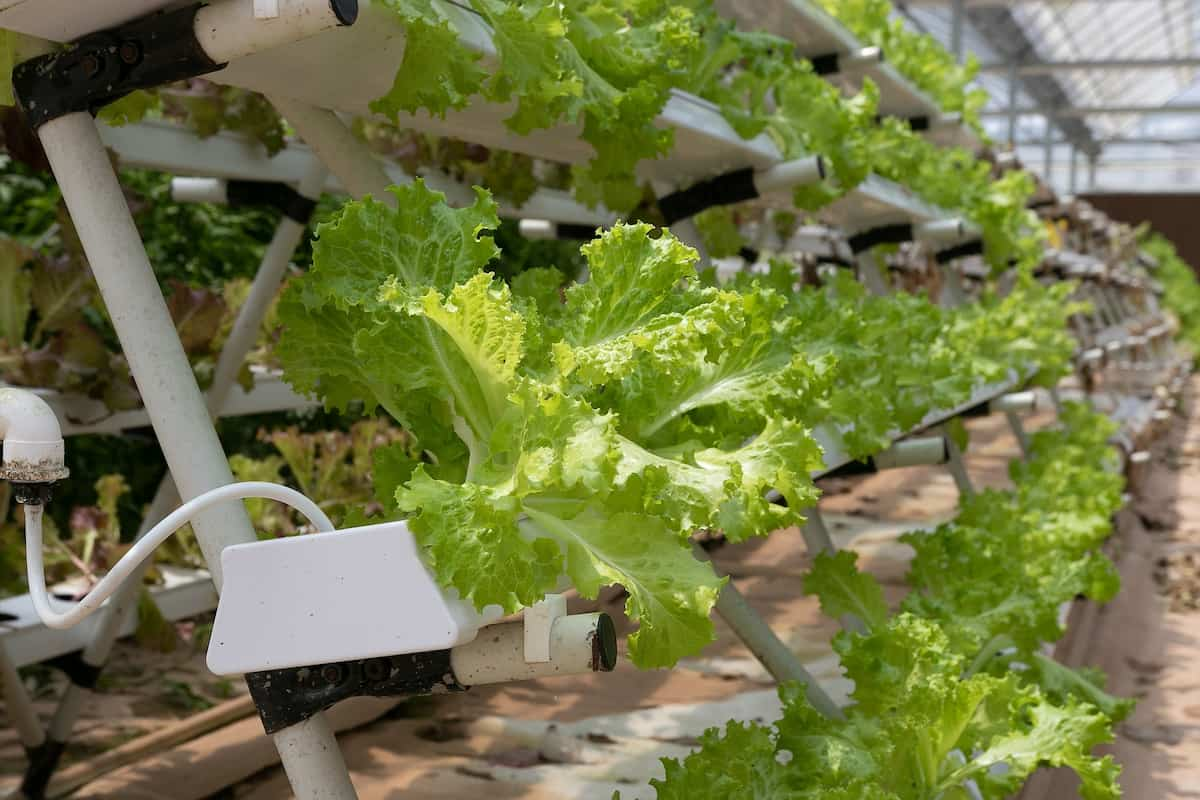
Fertilizer recommendation
In general, fertilizers for hydroponics should be lower in nitrogen and higher in phosphorus.
Moisture availability
Media that is too wet will cause roots to grow slowly, while too dry will cause plant growth to halt altogether. Finding a balance that provides just enough moisture without allowing water to seep through the substrate is important.
How to set up a hydroponic farm in Australia?
Hydroponic farming is a moderated agriculture method that uses water, air, and nutrient reservoirs to grow plants without using soil. Plants are placed in trays or baskets and receive water, nutrients, and air through tubing. The main benefit of hydroponic farming is that it eliminates the need for pesticides and herbicides, which can harm humans and the environment.
The first step in setting up a hydroponic farm is choosing a well-drained site with plenty of sunlight. Once the site is selected, planners must create a water reservoir by drilling an underground pipe or constructing a large tank. Next, they will need to install pumps and tanks to hold the water and plumbing to distribute air and nutrients throughout the growing area. Finally, planners must install meters to monitor water usage to avoid over-watering or under-watering plants.
Once all the necessary equipment has been installed, farmers must begin preparing the soil. By composting organic matter such as leaves and grasses, farmers help improve soil quality while reducing the required fertilizer. After preparing the soil, farmers can begin planting seeds in trays or baskets filled with nutrient-rich water. Depending on the type of hydroponic system chosen, plants may require different amounts of light and water; however, all growers should aim to provide enough moisture so that roots do not dry out.
In case you missed it: How to Start Hydroponic Farming in Switzerland: Business Plan, Key Rules, Cost, Profit, and Management
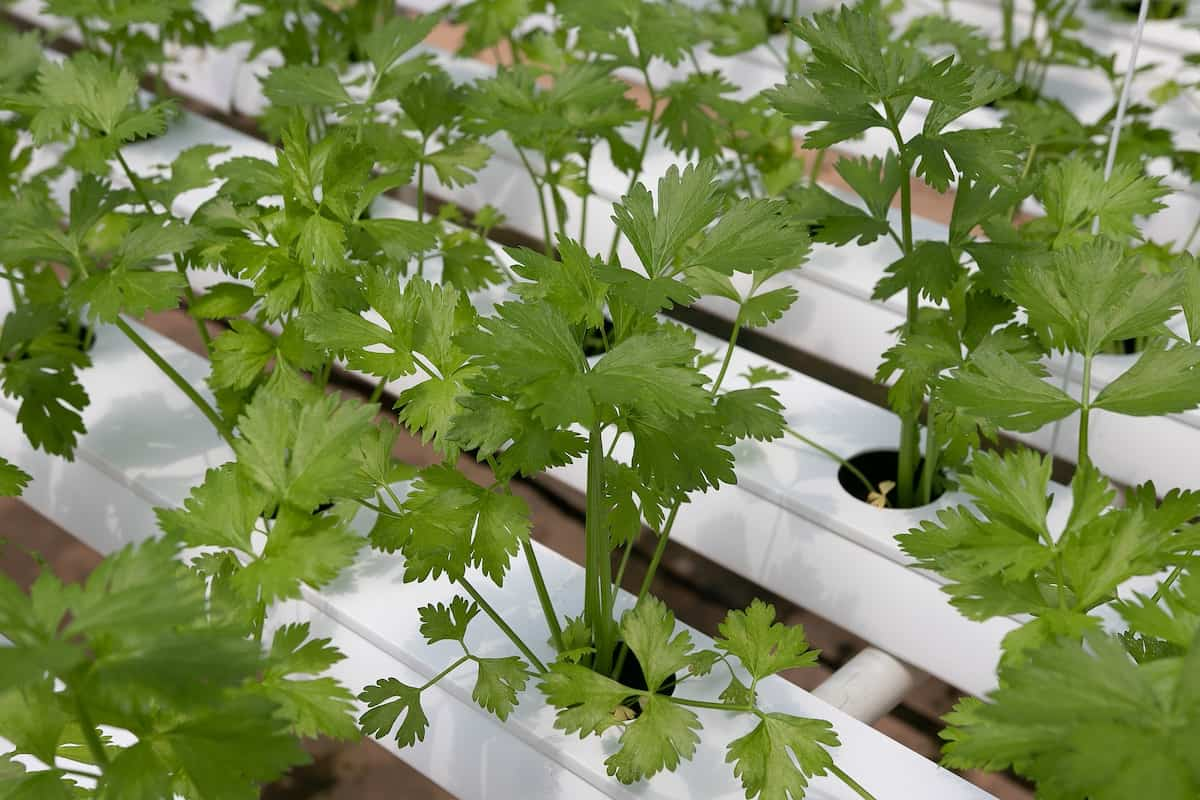
Hydroponic farming business plan in Australia
- Hydroponic farming is growing plants in a nutrient-rich water solution instead of soil. This method is becoming more popular because it’s more sustainable, efficient, and affordable than traditional farming.
- To start hydroponic farming in Australia, you’ll need a few supplies. Firstly, you’ll need a hydroponic system—this is a system designed to grow plants in water without any soil or organic material. After that, you can buy a complete system or build your own using parts from specialist suppliers.
- You’ll need planting media—this is the base layer on which your plants will grow. Several types of planting media are available, including coco coir, perlite, and vermiculite. Next, you’ll need fertilizers and pesticides to keep your plants healthy. Fertilizers contain essential nutrients that help plants grow; pesticides kill harmful insects and diseases.
- Also, you’ll need water tanks to store the hydroponic effluent (the plant-free water used by the system). Once you have all the supplies required for hydroponic farming, it’s time to set up your system.
- A business plan includes an analysis of your expenses, revenues, and margins. Be sure to include your business’s goals and objectives and financial projections.
- There may be grants for small businesses or loans from banks, and other lenders may be available if you have a solid business plan and adequate collateral.
- Find certified professionals to help you run your farm efficiently and effectively. Hydroponic growers need to know about horticulture and agricultural production methods, so it is important to find someone with experience in both fields who can help you get started on the right foot.
- A proper system will make running your farm much easier, from seed cultivation to packaging and shipping products to customers.
Key rules to start hydroponic farming in Australia
- To start hydroponic farming in Australia, you must purchase land suitable for the practice, install appropriate water and light fixtures, and ensure your crops are properly irrigated.
- You will also need to create a system for harvesting crops, typically using a machine that pulls the plants off the ground.
- While starting with hydroponic farming may be more complicated than traditional agriculture, the rewards can be significant.
- Hydroponic farms can produce significantly more food per unit area than traditional farms, making them an attractive option for small-scale producers.
- Additionally, hydroponic systems are less prone to environmental disaster than traditional agricultural practices, making them a viable option for environmentally friendly farmers.
In case you missed it: How to Start Hydroponic Farming in the Netherlands: Crops, Cost, Profit, and Management
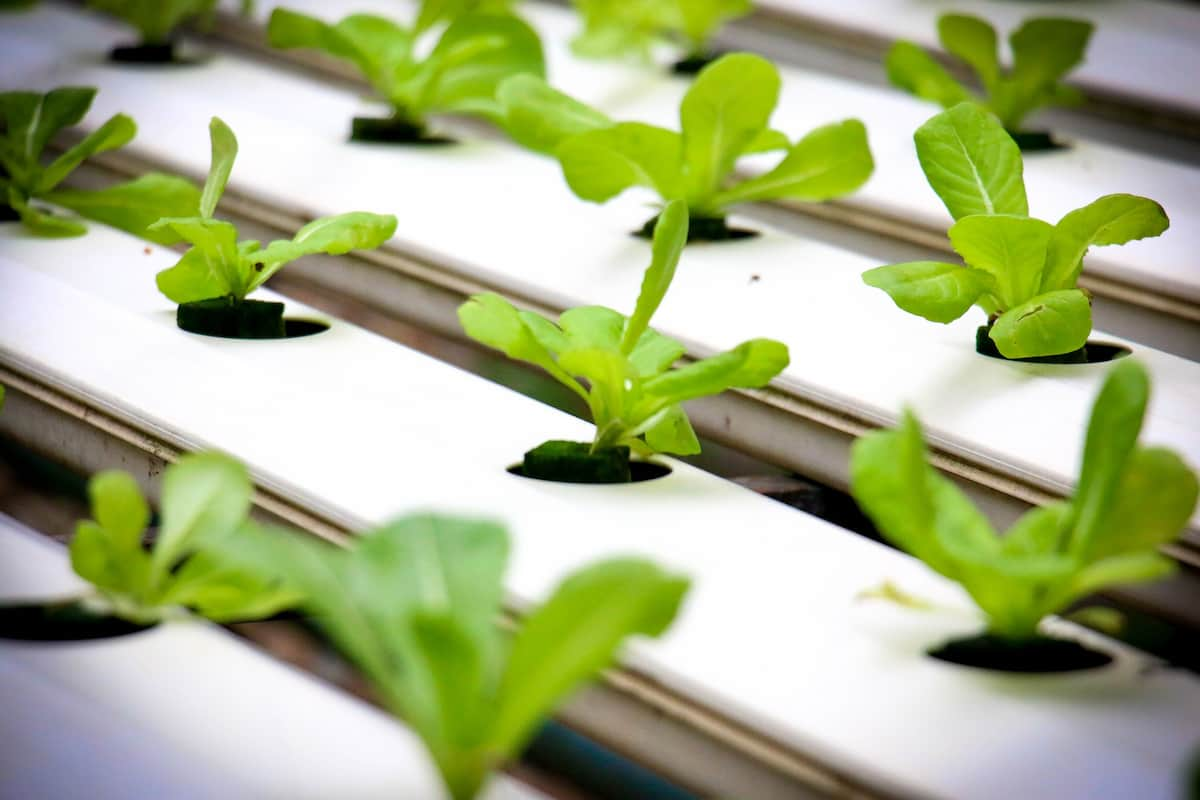
Crops suitable for hydroponic farming in Australia
- Many crops can be grown hydroponically in Australia. Some of the most common crops include Lettuce, Tomatoes, Pumpkins, Cucumbers, Squash, and Peppers.
- The main hydroponic crops grown in Australia are herbs, vegetables, fruits, and flowers. The sector is currently dominated by small-scale operators who account for over 95 percent of all production.
- Australian hydroponic farmers can generate a significant income from their operations thanks to the high demand for produce grown using environmentally friendly practices. Overall, hydroponic farming is a highly efficient and sustainable form of agriculture that is gaining popularity in Australia.
- Many plants can be grown in a hydroponic system, including vegetables, fruits, flowers, and herbs. The most common type of hydroponic plant is the cannabis plant, which is used to produce both recreational and medicinal marijuana.
Maintenance tips for a hydroponic system
- Make sure regularly clean your hydroponic system. This means cleaning the grow beds, water reservoir, and other parts of the system that get dirty. You can do this using a hose or a bucket with soapy water.
- Adjust the pH balance of your hydroponic system regularly. This is done by adding lime (a natural mineral) to the water reservoir or citric acid to the growing media. The pH balance determines how acidic or alkaline the water is and affects plant growth and health.
- Keep an eye on your plant’s watering needs. A rule of thumb is to water your plants once a week during hot weather and twice a week in cold weather, but it’s always best to check with your hydroponic specialist for specific advice on watering schedules for your specific system.
- Mulch your plants regularly to keep them cool and moist inside their growing containers and to prevent weed growth. You can use organic matter such as leaves, straw, wood chips, or synthetic mulches such as bark or wood pellets.
Planting tips for hydroponic farming
- Choose the right medium: Hydroponic systems use a wide variety of media, from sand to recycled water bottles, to provide nutrients and support plant growth. Before choosing a medium, test a small patch to see what type of growth occurs.
- Do not over-water: Over-watering can cause root rot, killing your plants. Too little water also can result in dry roots and foliage. Check the soil often and adjust watering as needed.
- Use a timer: Set your timer for 12 or 24 hours to help regulate watering levels automatically.
- Create an irrigation plan: Once you have established your system and determined how much water each plant needs, create an irrigation plan based on that information. Know where all the plumbing is located so you can easily turn on the water when needed.
In case you missed it: How to Start Hydroponic Farming in Nigeria: Business Plan, Crops, Setup Cost, Profit, Subsidy, and Requirements
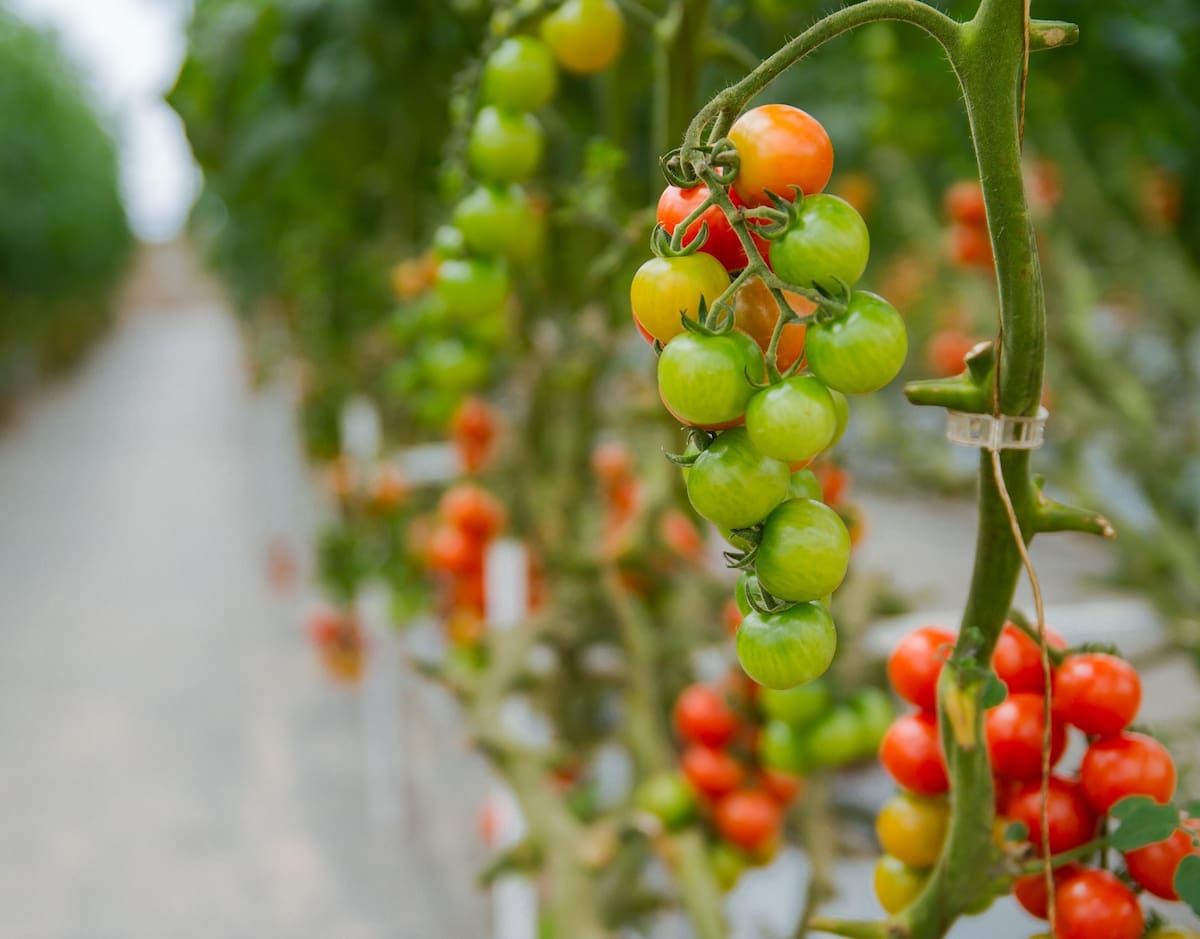
Hydroponic farming set-up requirements in Australia
- Hydroponic farming is a sustainable agriculture technique using water, sunlight, and organic matter to produce crops without the use of soil. In Australia, hydroponic farming is still in its early stages of development, but some requirements must be met to set up a successful hydroponic farm.
- Firstly, the hydroponic farm must have access to ample water supplies. The spacing between plants and the amount of water used each day will all depend on the climate and soil type of the area in which the farm is located. Generally, farms in hotter climates should use more water than those in cooler climates.
- Secondly, sunlight is essential for performing hydroponic farming. The plants need at least 6 hours of sunlight daily to grow properly. Supplemental lighting can be used if sunlight cannot reach the plants directly.
- Thirdly, the land used for a hydroponic farm must be free from weeds and other competing vegetation. This can be difficult to achieve, so it is important to consult a professional before starting a hydroponic farm.
Hydroponic farming states in Australia
There are several hydroponic farms in Australia, each producing various crops. Some farms specialize in fruits and vegetables, while others grow flowers or herbs. The farms vary in size, from small operations that produce just a few hundred pounds per day to larger farms that can produce tens of thousands of pounds per day. There are many hydroponic farming areas across Australia, with the most popular locations being Sydney and Melbourne. However, other states also have several hydroponic farms, including Queensland, Western Australia, and New South Wales.
How does hydroponic farming work?
It is a type of agriculture where crops are grown in water instead of soil. The plants are irrigated with a constant flow of water and minerals, which keeps them healthy and allows them to produce large amounts of food without pesticides or other chemicals. Hydroponic farming is becoming more popular in Australia because it is easier to maintain than traditional farming methods, produces less waste, and can be done indoors in colder climates.
In case you missed it: How to Start Hydroponic Farming in Kenya: Crops, Subsidy, Cost, and Profit
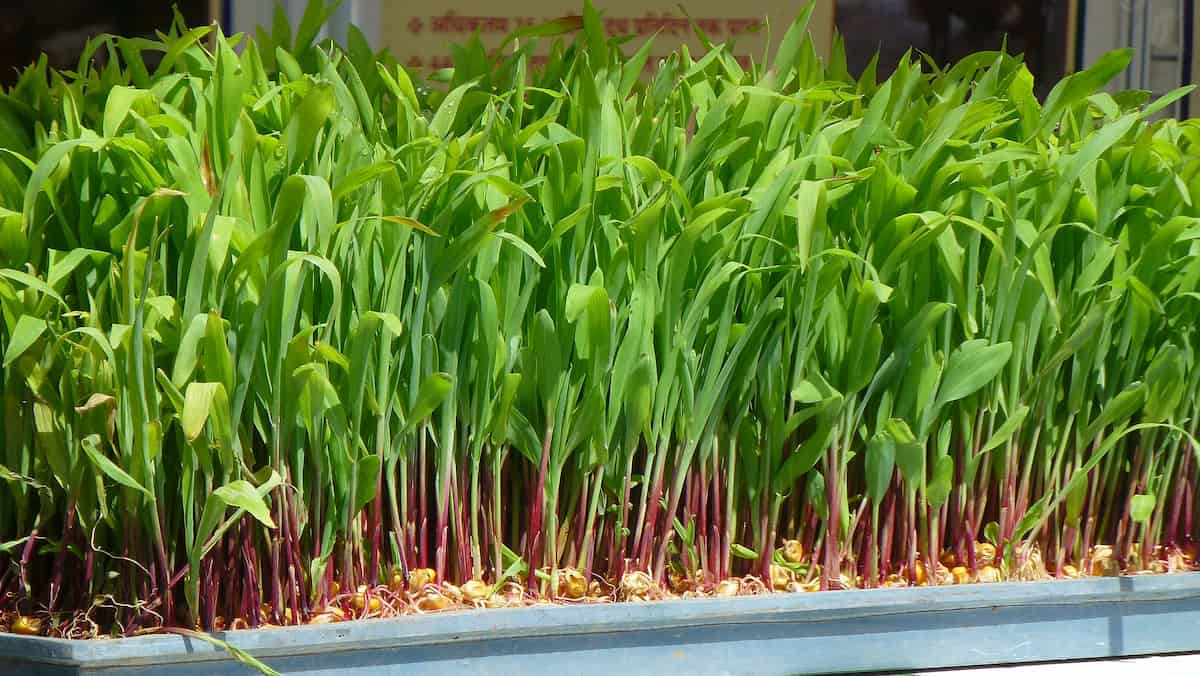
Hydroponic farming problems in Australia
One major problem is water availability. Although hydroponic systems use less water than traditional agriculture, they still require an adequate clean water supply. This is especially challenging in Australia, where there are often restrictions on how much water can be used for irrigation. Additionally, many hydroponic farms are located near sources of pollution, which can lead to environmental damage. Another challenge for hydroponic farmers is pests and diseases. Without soil to support plant growth, plants are more vulnerable to pests and diseases.
In addition, since hydroponic systems do not rely on weather patterns or seasonal changes, they are particularly susceptible to climatic disasters such as floods or drought. Finally, due to cost concerns, hydroponic farming has yet to be widely adopted in Australia. While the technology does not require high levels of infrastructure or technological expertise, it does require significant upfront costs that may be difficult for small-scale farmers to overcome.
Hydroponic farming challenges in Australia
The biggest challenge facing hydroponic farmers in Australia is weather variability. Climate change is likely to increase the intensity and duration of rainfalls and cyclones, which could disrupt hydroponic crops. However, with careful planning and maintenance, hydroponic farms can still thrive in various climates.
Australia, with its long dry season and extreme temperatures, is not a typical country for hydroponic farming. However, some farmers use hydroponic techniques to grow crops in otherwise unsuitable areas. Hydroponic farming challenges in Australia include dealing with high winds and lower humidity in some areas.
Conclusion
Hydroponic farming is becoming increasingly popular in Australia, with many farmers opting to adopt this type of farming to suit their specific needs. Overall, hydroponic farming is becoming more popular in Australia due to its potential benefits for producers and consumers. For example, it requires less land than traditional farming methods, which can be helpful in regions with limited resources, and produces crops with minimal environmental impact.
- Types of Pesticides Used in Agriculture: A Beginner’s Guide
- Economical Aquaculture: A Guide to Low-Budget Fish Farming
- 15 Common Planting Errors That Can Doom Your Fruit Trees
- How to Make Houseplants Bushy: Effective Tips and Ideas
- Innovative Strategies for Boosting Coconut Pollination and Yield
- Pollination Strategies for Maximum Pumpkin Yield
- The Complete Guide to Chicken Fattening: Strategies for Maximum Growth
- Natural Solutions for Tulip Problems: 100% Effective Remedies for Leaf and Bulb-Related Issues
- Revolutionizing Citrus Preservation: Towards a Healthier, Greener Future
- Natural Solutions for Peony Leaf and Flower Problems: 100% Effective Remedies
- Maximizing Profits with Avocado Contract Farming in India: A Comprehensive Guide
- Natural Solutions for Hydrangea Problems: 100% Effective Remedies for Leaf and Flowers
- The Ultimate Guide to Choosing the Perfect Foliage Friend: Bringing Life Indoors
- From Sunlight to Sustainability: 15 Ways to Use Solar Technology in Agriculture
- The Ultimate Guide to Dong Tao Chicken: Exploring from History to Raising
- The Eco-Friendly Makeover: How to Convert Your Unused Swimming Pool into a Fish Pond
- Mastering the Art of Delaware Chicken Farming: Essentials for Healthy Backyard Flocks
- 20 Best Homemade Fertilizers for Money Plant: DIY Recipes and Application Methods
- How to Craft a Comprehensive Free-Range Chicken Farming Business Plan
- Brighten Your Flock: Raising Easter Egger Chickens for Beauty and Bounty
- How to Optimize Your Poultry Egg Farm Business Plan with These Strategies
- Subsidy for Spirulina Cultivation: How Indian Government Schemes Encouraging Spirulina Farmers
- Ultimate Guide to Raising Dominique Chickens: Breeding, Feeding, Egg-Production, and Care
- Mastering the Art of Raising Jersey Giant Chickens: Care, Feeding, and More
- Ultimate Guide to Raising Legbar Chickens: Breeding, Farming Practices, Diet, Egg-Production
- How to Raise Welsummer Chickens: A Comprehensive Guide for Beginners
- How to Protect Indoor Plants in Winter: A Comprehensive Guide
- Ultimate Guide to Grow Bag Gardening: Tips, Tricks, and Planting Ideas for Urban Gardeners
- Guide to Lotus Cultivation: How to Propagate, Plant, Grow, Care, Cost, and Profit
- Agriculture Drone Subsidy Scheme: Government Kisan Subsidy, License, and How to Apply Online
- Ultimate Guide to Raising Araucana Chickens: Breed Profile, Farming Economics, Diet, and Care
- Bringing Hydroponics to Classroom: Importance, Benefits of Learning for School Students
- Ultimate Guide to Raising Polish Chickens: Breed Profile, Farming Economics, Diet, and Care
- Ultimate Guide to Raising Australorp Chickens: Profile, Farming Economics, Egg Production, Diet, and Care
- Silkie Chicken Farming: Raising Practices, Varieties, Egg Production, Diet, and Care
- Sussex Chicken Farming: Raising Practices, Varieties, Egg Production, Diet and Care